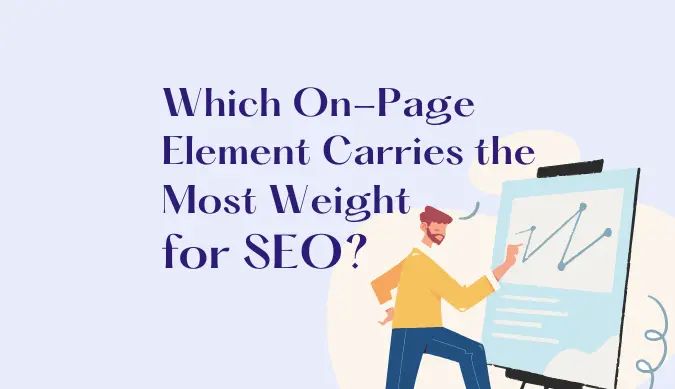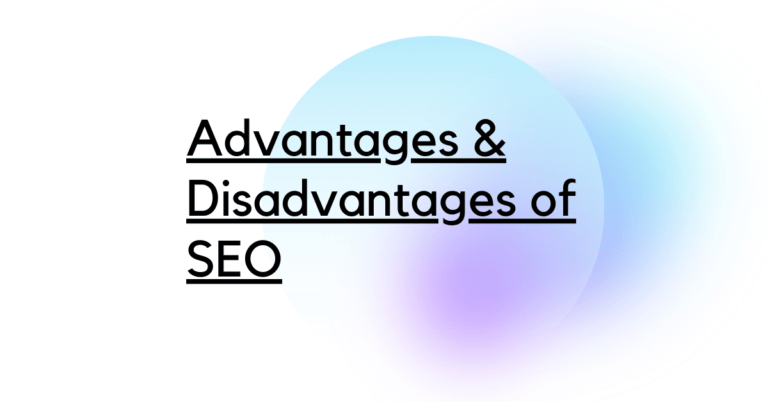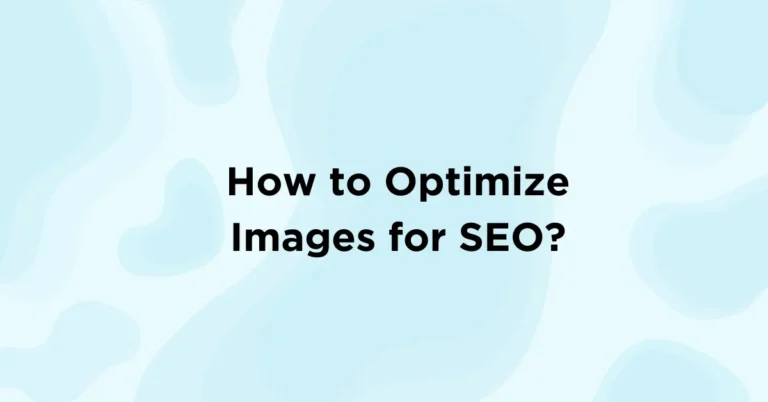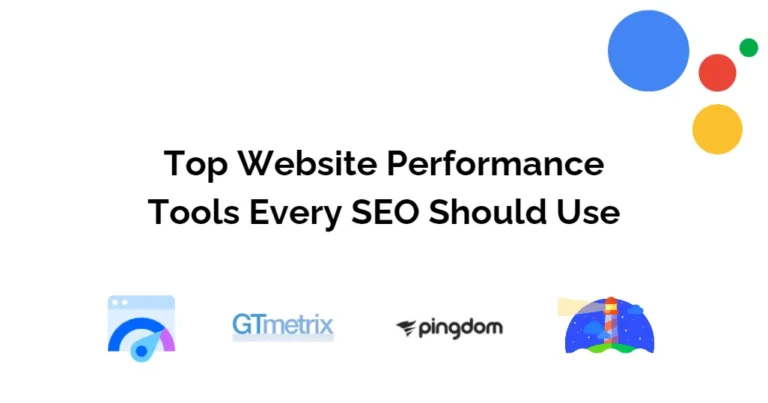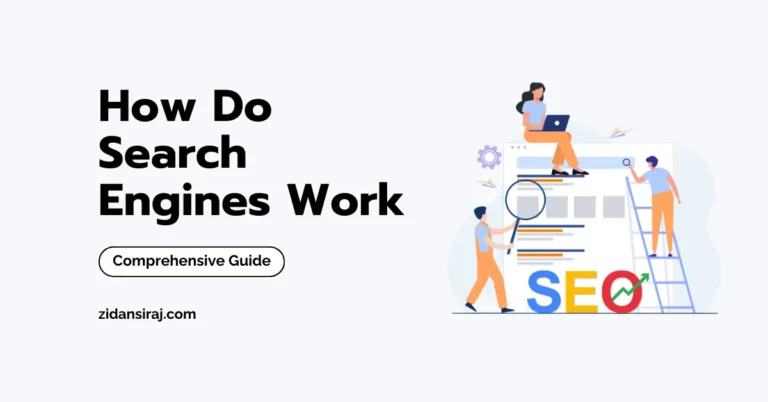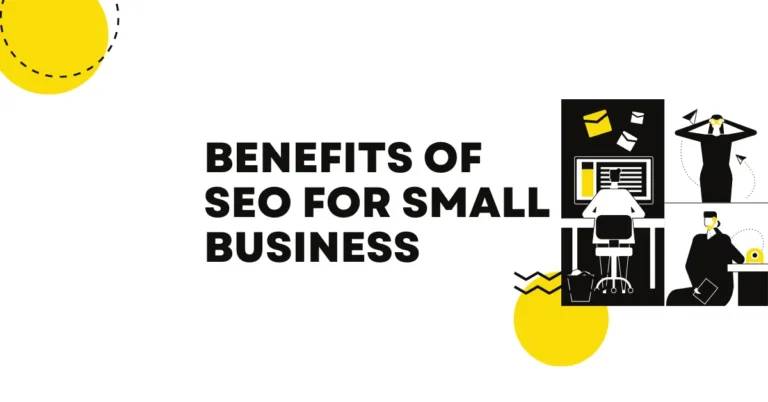Are you looking for an answer to which on page element carries the most weight for SEO? This blog has the answer.
In the world of search engine optimization (SEO), on-page elements play a major role in determining where a website ranks on search engine results pages (SERPs).
Even though there are many on-page elements that may impact a website’s visibility, some on-page elements carry more weight than others.
To truly understand the power of on-page SEO and its impact on your website’s visibility, it’s crucial to first grasp the different types of SEO. In the vast realm of search engine optimization, there are three main categories: on-page SEO, off-page SEO, and technical SEO.
The 3 Types of SEO
- On-page SEO: On-page SEO refers to the optimization techniques applied directly to your website’s pages to improve their search engine rankings.
- Off-page SEO: Off-page SEO involves strategies implemented outside of your website to boost its visibility, such as link building.
- Technical SEO: Technical SEO focuses on the behind-the-scenes aspects of your website, ensuring it is crawlable, indexable, and user-friendly.
Which on page element carries the most weight for SEO? You are about to find out!
On-page SEO has several checklists you need to tick off to rank your website on top of the SERPs.
But, the on-page element which carries the most weight for SEO is the title tag.
Whether you’re a beginner or an SEO expert, understanding which on-page element carries the most weight for SEO can help you focus your optimization efforts and achieve better results.
Let’s dig deeper into what a title tag is and understand its importance.
What is a Title Tag?
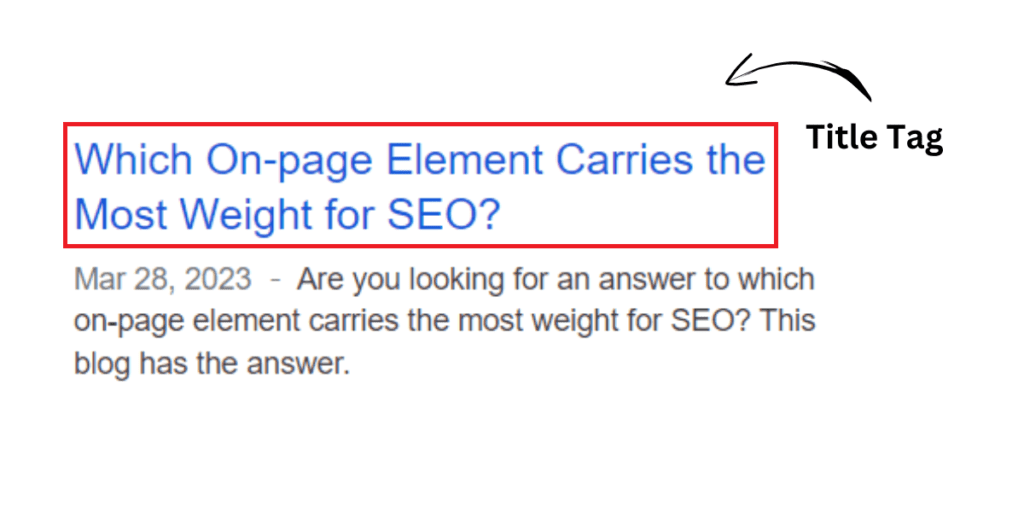
A title tag is an HTML element of a website that indicates the title of a web page.
Since the title tag is the on-page element that carries the most weight for SEO, a title tag is a very important part of a website’s SEO, usability, and social media sharing.
So, it has to be an accurate, summary of what’s on that particular web page.
Note: Sometimes, title tags are also called “meta titles” or “meta title tags.”
Importance of a Title Tag
There are many reasons why title tags are important.
Because both humans and search engines will be using them, you need to make sure that your title tag is easy to read for both.
Here are three main reasons why a title tag carries the most weight for on-page SEO:
- Rank on Search Engine Results Page
When you search on Google, a list of results is displayed in blue font. These are the title tags.
A title tag determines the title that shows up on the search engine results page (SERP) and is the first thing people see when they visit your site.
Search engines rely on title tags to determine the topic of a page. It also helps users understand the content on your page which allows them to choose the response that best fits their needs.
- Visibility on Web Browser Tab
When a webpage is opened, its title tag is displayed in the tab of your web browser.
Since the title tag is the one that shows up at the top of the web browser, it acts as a placeholder.
This makes it easier for the people you want to reach to understand what’s on your website, especially if they have a lot of tabs open at once.
So, you need to make sure that your target audience doesn’t lose track of your web page and content. Giving your title tag a unique name and putting relevant keywords at the beginning can help.
- Relevance on Social Media Networks
The title tag is what shows up when someone shares a link to your website on social media.
So, if you want people on social media to click on the link to your website, the title tag needs to be interesting.
How to Write a Good Title Tag?
There are a few important rules you need to follow if you want to write a good title tag. Here are some:
- Write Unique Titles
Your title tags should represent the fact that each page on your site is unique.
To describe what exactly is on each page of your website, make sure to customize the title tags on each of them.
The title tag of your page helps the search engines understand what the page is about.
- Use Important Keywords at the Beginning
Since Google’s algorithm uses the title tag as one of the main ways to figure out what a page is about, it’s a good place for you to include the keywords you’re targeting for that page.
This shows Google and other search engines that this page is helpful for people looking for that specific term. But be sure not to fall for keyword stuffing.
- Pay Attention to Length
Google and other search engines will only show 50–60 characters of a title tag in the search results before cutting it off.
So you should try to keep your title tags to 60 characters or less.
- Be Descriptive
You want your title tag to describe what people will see when they go to your web page.
When people’s expectations match what they see on a page, it results in a lower bounce rate and they spend more time on the site.
Both of these things say to Google that your page is useful and should stay high in the rankings.
Other On Page SEO Elements Which Carry Most Weight for SEO
Knowing which on page element carries the most weight for SEO is not enough, it is also crucial to know other important on-page SEO elements to ensure efforts pay off.
- Meta Description
A meta description is an HTML element that gives a brief description of what’s on a web page.
While the meta description doesn’t directly impact search engine rankings, it plays a crucial role in attracting users to click on your link. It provides users with a glimpse of what they can expect if they click on your link.
Crafting an enticing meta description involves creating a concise and compelling summary of your webpage’s content.
It should be no longer than 160 characters and should effectively convey the value and relevance of your webpage.
- Heading Tags
Heading tags are HTML elements that define the headings and subheadings within your webpage’s content. These tags, ranging from H1 to H6.
The most important heading tag is the H1 tag, which should be used to define the main heading of your webpage.
Including your primary keyword in the H1 tag can signal to search engines the relevance of your content to specific search queries.
Subsequent heading tags, such as H2, H3, and so on, should be used to structure your content and provide a logical flow.
By utilizing heading tags effectively, you can not only improve the readability and user experience of your webpage but also provide search engines with a clear understanding of your content’s structure and relevance.
- URL
The URL, or Uniform Resource Locator, is the web address that users enter into their browsers to access your webpage.
It serves as an important on-page SEO element and should be optimized to reflect the content and purpose of your webpage.
An optimized URL should be concise, descriptive, and include relevant keywords. It’s best to avoid using long, convoluted URLs that are difficult for users and search engines to understand.
Instead, aim for short and keyword-rich URLs that accurately represent the content of your webpage.
- Keywords
Keywords are the foundation of on-page SEO. By optimizing your content with relevant keywords, you can increase your website’s visibility and attract targeted organic traffic.
When selecting keywords for your on-page optimization, it’s crucial to consider their relevance, search volume, and competition. Choose keywords that accurately reflect the content of your webpage and have a significant search volume.
Additionally, it’s important to evaluate the competition for each keyword and identify opportunities to rank higher in search engine results.
Keywords are important because they link what someone is looking for with the content you have to offer.
- Internal Links
Internal links are hyperlink that join various web pages on your site.
They not only help users navigate your website but also provide search engines with a clear understanding of your website’s structure and hierarchy.
Strategically incorporating internal links can improve the user experience, increase the time spent on your website, and enhance the crawlability of your webpages.
- External Links
While external links may direct users away from your website, they play a crucial role in on-page SEO.
When including external links, it’s important to choose reputable and relevant websites.
Avoid linking to low-quality or spammy websites, as this can have a negative impact on your website’s SEO.
Additionally, it’s advisable to open external links in a new tab, ensuring that users can easily navigate back to your website.
- Images
While uploading images to your website, make sure to compress them. This can improve your website’s loading speed, which is an important ranking factor.
Additionally, it’s crucial to include descriptive alt text for each image. Alt text is a brief description of the image’s content that helps search engines understand what the image represents.
Check out my blog on image optimization for SEO to learn more about it.
- Readability
While on-page SEO involves various technical aspects, it’s also essential to focus on the readability of your content.
Creating high-quality, easy-to-read content not only enhances the user experience but also improves your website’s SEO.
To improve readability:
- Use clear and concise language.
- Break up your content into paragraphs and sections.
- Utilize headings and subheadings to structure your content.
- Incorporate bullet points and numbered lists to present information.
Conclusion
I hope the above information would have answered your question of which on-page element carries the most weight for SEO.

